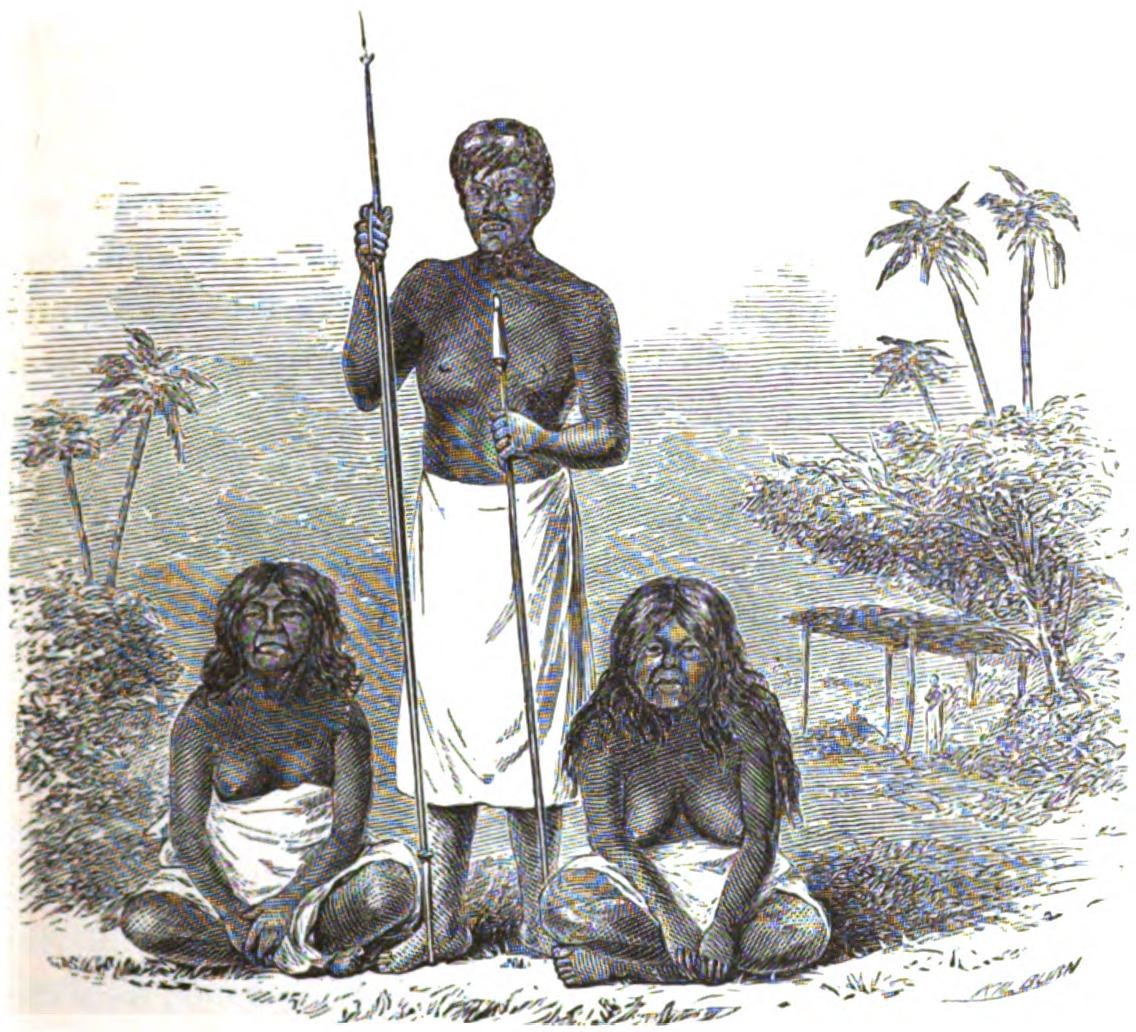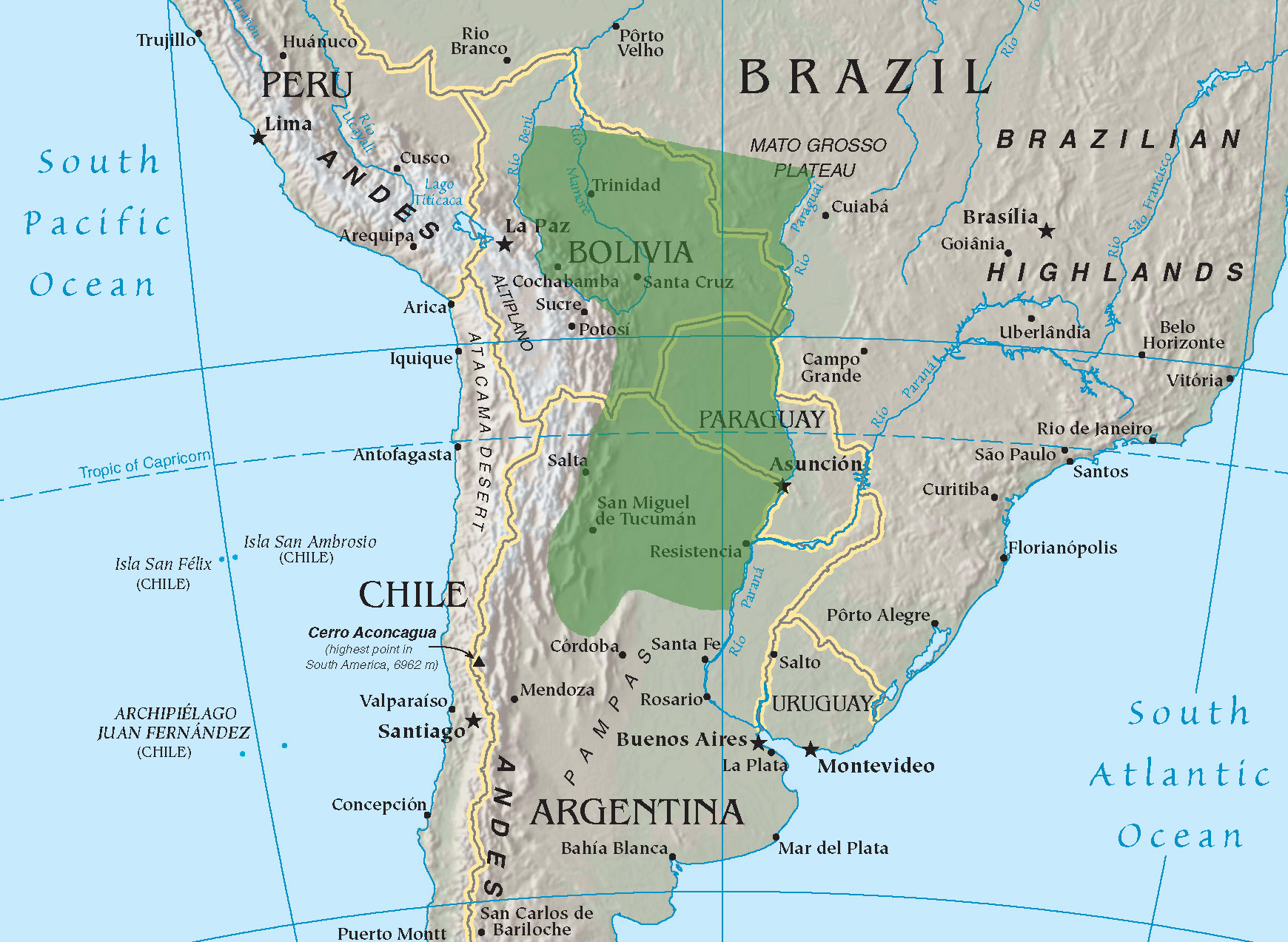|
Guaycuru Peoples
Guaycuru or Guaykuru is a generic term for several ethnic groups Indigenous peoples of the Americas, indigenous to the Gran Chaco region of South America, speaking related Guaicuruan languages. In the 16th century, the time of first contact with Spanish Empire, Spanish explorers and colonists, the Guaycuru people lived in the present-day countries of Argentina (north of Santa Fe Province), Paraguay, Bolivia, and Brazil (south of Corumbá). The name is written ''guaycurú'' or ''guaicurú'' in Spanish language, Spanish (plural ''guaycurúes'' or ''guaicurúes''), and ''guaicuru'' in Portuguese language, Portuguese (plural ''guaicurus''). It was originally an offensive epithet given to the Mbayá people, Mbayá people of Paraguay by the Guarani people, Guarani, meaning "savage" or "barbarian", which later was extended to the whole group. It has also been used in the past to include other peoples of the Chaco region, but is now restricted to those speaking a Guaicuruan language. ... [...More Info...] [...Related Items...] OR: [Wikipedia] [Google] [Baidu] |
Debret - Carga De Cavalaria Guaicuru
Jean-Baptiste Debret (; 18 April 1768 – 28 June 1848) was a French painter, who produced many valuable lithographs depicting the people of Brazil. Debret won the second prize at the 1798 Salon des Beaux Arts. Biography Debret studied at the French Academy of Fine Arts, a pupil of the great Jacques-Louis David (1748–1825) to whom he was related. He accompanied David to Rome in the 1780s. His debut was at the Salon des Beaux Arts of 1798, where he got the second prize. He travelled to Brazil in March 1816 as a member of the so-called French Artistic Mission, a group of bonapartist French artists and artisans bound to creating an arts and crafts lyceum in Rio de Janeiro (Escola Real de Artes e Ofícios) under the auspices of King D. João VI and the Count of Barca. The lyceum later became the Academia Imperial de Belas Artes (Imperial Academy of Fine Arts) under Emperor Dom Pedro I. As a painter favored first by the Portuguese court in exile and later by the imperial co ... [...More Info...] [...Related Items...] OR: [Wikipedia] [Google] [Baidu] |
Guarani People
Guarani, Guaraní or Guarany may refer to Ethnography * Guaraní people, an indigenous people from South America's interior (Brazil, Argentina, Paraguay and Bolivia) * Guaraní language, or Paraguayan Guarani, an official language of Paraguay * Guarani dialects, spoken in Argentina, Brazil, Bolivia, and Paraguay * Guarani languages, a group of languages, including Guarani, in the Tupí-Guaraní language subfamily * Eastern Bolivian Guarani, historically called Chiriguanos, living in the eastern Bolivian foothills of the Andes. Also called Ava Guarani. Economics * Paraguayan guaraní, the currency of Paraguay Education * The Guarini School of Graduate and Advanced Studies, a subunit of Dartmouth College Geography * Guarani, Minas Gerais, Brazil * Guarani de Goiás, Brazil * Guarani das Missões, Rio Grande do Sul, Brazil * Guarani Aquifer, a large underground water reservoir in South America Literature and music * ''The Guarani'', an 1857 novel by José de Alencar * ''I ... [...More Info...] [...Related Items...] OR: [Wikipedia] [Google] [Baidu] |
José Pedro Viegas Barros
José is a predominantly Spanish and Portuguese language, Portuguese form of the given name Joseph. While spelled alike, this name is pronounced differently in each language: Spanish ; Portuguese (or ). In French, the name ''José'', pronounced , is an old vernacular form of Joseph, which is also in current usage as a given name. José is also commonly used as part of masculine name composites, such as José Manuel, José Maria or Antonio José, and also in female name composites like Maria José or Marie-José. The feminine written form is ''Josée'' as in French. In Netherlandic Dutch language, Dutch, however, ''José'' is a feminine given name and is pronounced ; it may occur as part of name composites like Marie-José or as a feminine first name in its own right; it can also be short for the name ''Josina'' and even a Dutch hypocorism of the name ''Johanna''. In England, Jose is originally a Romano-British culture, Romano-Celtic surname, and people with this family name can ... [...More Info...] [...Related Items...] OR: [Wikipedia] [Google] [Baidu] |
Joseph Greenberg
Joseph Harold Greenberg (May 28, 1915 – May 7, 2001) was an American linguist, known mainly for his work concerning linguistic typology and the genetic classification of languages. Life Early life and education Joseph Greenberg was born on May 28, 1915, to Jewish parents in Brooklyn, New York. His first great interest was music. At the age of 14, he gave a piano concert in Steinway Hall. He continued to play the piano frequently throughout his life. After graduating from James Madison High School, he decided to pursue a scholarly career rather than a musical one. He enrolled at Columbia College in New York in 1932. During his senior year, he attended a class taught by Franz Boas concerning American Indian languages. He graduated in 1936 with a bachelor degree. With references from Boas and Ruth Benedict, he was accepted as a graduate student by Melville J. Herskovits at Northwestern University in Chicago and graduated in 1940 with a doctorate degree. During the course of ... [...More Info...] [...Related Items...] OR: [Wikipedia] [Google] [Baidu] |
John Alden Mason
John Alden Mason (January 14, 1885 – November 7, 1967) was an American archaeological anthropologist and linguist. Mason was born in Orland, Indiana, but grew up in Philadelphia's Germantown. He received his undergraduate degree from the University of Pennsylvania in 1907 and a doctorate from the University of California, Berkeley in 1911. His dissertation was an ethnographic study of the Salinan Amerindian ethnic group of California. He also authored a number of linguistic studies, including a study of Piman languages. His later ethnographic works included studies of the Tepehuan. The first series of Juan Bobo stories published in the U.S. occurred in 1921. They appeared in the ''Journal of American Folklore'' under the title ''Porto Rican Folklore'', and were collected by Mason from Puerto Rican school children. The story collection consisted of 56 "Picaresque Tales" about Juan Bobo, and included such exotic titles as ''Juan Bobo Heats up his Grandmother'', ''Juan Bobo D ... [...More Info...] [...Related Items...] OR: [Wikipedia] [Google] [Baidu] |
Richard J
Richard is a male given name. It originates, via Old French, from Old Frankish and is a compound of the words descending from Proto-Germanic ''*rīk-'' 'ruler, leader, king' and ''*hardu-'' 'strong, brave, hardy', and it therefore means 'strong in rule'. Nicknames include "Richie", "Dick", "Dickon", " Dickie", "Rich", "Rick", "Rico", "Ricky", and more. Richard is a common English, German and French male name. It's also used in many more languages, particularly Germanic, such as Norwegian, Danish, Swedish, Icelandic, and Dutch, as well as other languages including Irish, Scottish, Welsh and Finnish. Richard is cognate with variants of the name in other European languages, such as the Swedish "Rickard", the Catalan "Ricard" and the Italian "Riccardo", among others (see comprehensive variant list below). People named Richard Multiple people with the same name * Richard Andersen (other) * Richard Anderson (other) * Richard Cartwright (other) * Ri ... [...More Info...] [...Related Items...] OR: [Wikipedia] [Google] [Baidu] |
Lafone Quevedo (1805-1871), British-born merchant in South America.
{{disambig ...
Lafone may refer to: *Alexander Malins Lafone (1870–1917), English recipient of the Victoria Cross *Alfred Lafone (1821–1911), British leather merchant and Conservative Party politician in London *Samuel Fisher Lafone Samuel Fisher Lafone (Liverpool, 1805 – Buenos Aires, April 30, 1871) was a British-born Uruguayan businessman. Lafone developed an important economic activity in Montevideo and Argentina. He established a settlement at Hope Place on the sou ... [...More Info...] [...Related Items...] OR: [Wikipedia] [Google] [Baidu] |
Payaguá People
The Payaguá people, also called Evueví and Evebe, were an ethnic group of the Guaycuru peoples in the Northern Chaco of Paraguay. The Payaguá were a river tribe, living, hunting, fishing, and raiding on the Paraguay River. The name ''Payaguá'' was given to them by the Guaraní, their enemies whom they constantly fought. It is possible that the name of the Paraguay River, and thus the country Paraguay itself, comes from this; the Guaraní told the Spanish that the river was the "Payaguá-ý", or "river of Payaguás." The name they called themselves was probably Evueví, "people of the river" or "water people." The Payaguá were also known to early Spanish explorers as "Agaces" and spelling variations of that name. The Payagua language is extinct; they spoke a Guaycuruan language. No people remain who identify as Payaguá; the descendants of the tribe merged with other Paraguayans, either as mestizos or with other peoples, commonly called Indians. The Payaguá were not ... [...More Info...] [...Related Items...] OR: [Wikipedia] [Google] [Baidu] |
Abipón People
The Abipones ( es, Abipones, singular ) were an indigenous people of Argentina's Gran Chaco region, speakers of one of the Guaicuruan languages. They ceased to exist as an independent ethnic group in the early 19th century. A small number of survivors assimilated into Argentine society. History The Abipones originally occupied the Gran Chaco of Argentina, in the lower portions of the Bermejo River. They were originally a seasonally mobile people of hunters, gatherers, fishers and to a limited extent farmers. By 1641, the Abipones had already obtained the horse from the Spanish settlers and abandoned farming for cattle and horse raiding. By that time they still lived north of the Bermejo River They became feared by their neighbours and the Spanish farmers, and even threatened major cities. It is likely they were driven south of their original range by the Spaniards and other native tribes, such as the Tobas. They were finally concentrated in the Argentinian territory lying betw ... [...More Info...] [...Related Items...] OR: [Wikipedia] [Google] [Baidu] |
Toba People
The Toba people, also known as the Qom people, are one of the largest indigenous groups in Argentina who historically inhabited the region known today as the Pampas of the Central Chaco. During the 16th century, the Qom inhabited a large part of what is today northern Argentina, in the current provinces of Salta, Chaco, Santiago del Estero, Formosa and the province of Gran Chaco in the southeast of the Department of Tarija in Bolivia (which the Qom have inhabited since the 20th century). Currently, many Toba, due to persecution in their rural ancestral regions, live in the suburbs of San Ramón de la Nueva Orán, Salta, Tartagal, Resistencia, Charata, Formosa, Rosario and Santa Fe and in Greater Buenos Aires. Nearly 130,000 people currently identify themselves as Toba or Qom. With more than 120,000 Qom living in Argentina, the Qom community is one of the largest indigenous communities in the country. Like most indigenous groups in South America, the Qom have a long history o ... [...More Info...] [...Related Items...] OR: [Wikipedia] [Google] [Baidu] |



.jpg)
